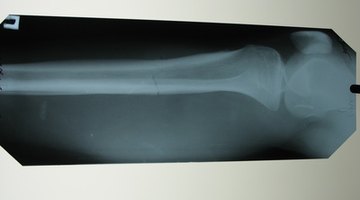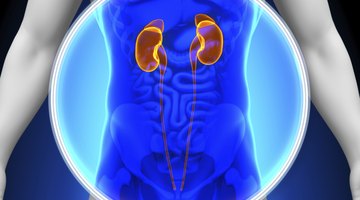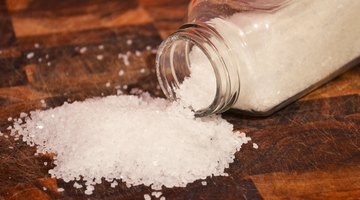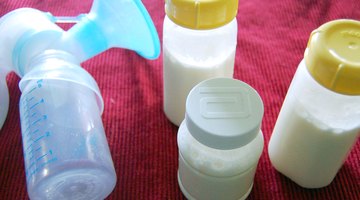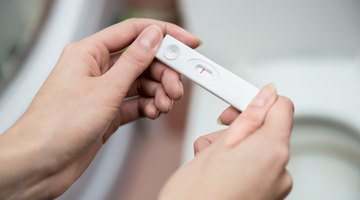4 Parts of the Brain Not Protected by the Blood Brain Barrier
The blood-brain barrier prevents toxic substances, large molecules, and neurotransmitters released in the blood from entering the brain. Four areas of the brain are not protected by the blood-brain barrier. These areas include the posterior pituitary gland, pineal gland, the median eminence of the hypothalamus and the area postrema.
Posterior Pituitary Gland
The pituitary gland releases the hormones oxytocin, which controls milk release, and vasopressin, which regulates water balance. The pituitary gland is not covered by the blood-brain barrier because the hormones it secretes need to go into circulation and pass through the rest of the body.
Pineal Gland

How Does Nutrition Get From the Placenta to the Fetus?
Learn More
The pineal gland secretes the hormone melatonin, which controls circadian and seasonal rhythms, or sleep/wake cycles. The pineal gland is not covered by the blood brain-barrier because it secretes the hormone into the bloodstream.
Median Eminence of the Hypothalamus
The median eminence of the hypothalamus connects the hypothalamus to the pituitary gland. The median eminence is not covered by the blood brain-barrier because hormones secreted by the pituitary gland collect in this region before being secreted into the bloodstream.
Area Postrema
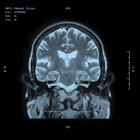
Infant Development of the Blood-Brain Barrier
Learn More
The area postrema is not covered by the blood brain-barrier because it senses toxins in the blood that the other parts of the brain are protected from. The area postrema triggers nausea and vomiting to prevent further ingestion of toxins.
Related Articles
- "Principles of Neural Science"; Eric Kandel, James Schwartz, and Thomas Jessell; 2000
- "Biological Psychology," James Kalat, 2006
- "Physiology of Behavior"; Neil Carson; 2001


